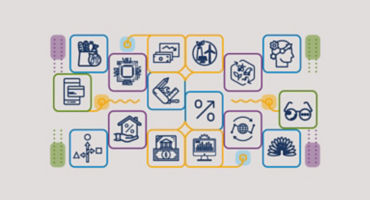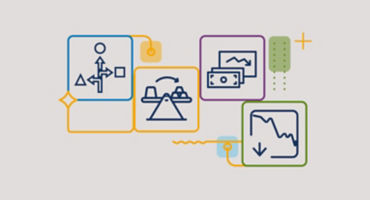Sustainable food — Globally, the “farm to fork” value chain — from fertiliser production to food packaging manufacturing — is responsible for an estimated 26% of global greenhouse gas emissions.3 Beyond direct emissions, poor production practices have also had knock-on effects such as excessive water consumption, soil degradation and loss of biodiversity.
Given the expected population growth, the world will require less destructive ways to generate calories for human consumption. Fortunately, many of the same technologies needed to improve productivity, mentioned above, can also help drive resource efficiency, requiring fewer inputs (for example, fertiliser and water). Other potential solutions include nonanimal sources of protein (to reduce the carbon footprint associated with animal meat) and alternatives to plastic packaging (given the lack of recycling infrastructure).
Finally, we see regulations promoting a circular economy, renewable fuels and agricultural innovation as a critical development. For example, Europe’s Farm to Fork Strategy, established in 2020 as part of the European Green Deal, seeks to reduce dependency on pesticides and excess fertilisation, increase organic farming and support the use of sustainable packaging, among other changes.
The investment opportunities and risks
We believe these trends will benefit a wide variety of companies and industries, including:
- Food and beverage companies with healthy food portfolios, ingredient producers, supplement makers and companies offering medical solutions for obesity
- Companies providing crop-protection chemicals, seeds, food-processing machinery, agricultural machinery and alternative farming solutions
- Manufacturers of paper and aluminum packaging, second-generation renewables and alternative foods
As with any investment theme, there are risks to our outlook, including government inaction, geopolitical risks and wealth-destructive inflation. But we believe that there will be meaningful changes ahead in food consumption and production, and that long-term-oriented investors will find attractive opportunities aided by demographic, policy and innovation tailwinds.
1Source: Nielsen
2Sources: World Bank, Food and Agriculture Organization of the United Nations
3Source: Our World in Data















Trends and transformation distilled: Our 2024 outlook in brief
Continue readingMultiple authors